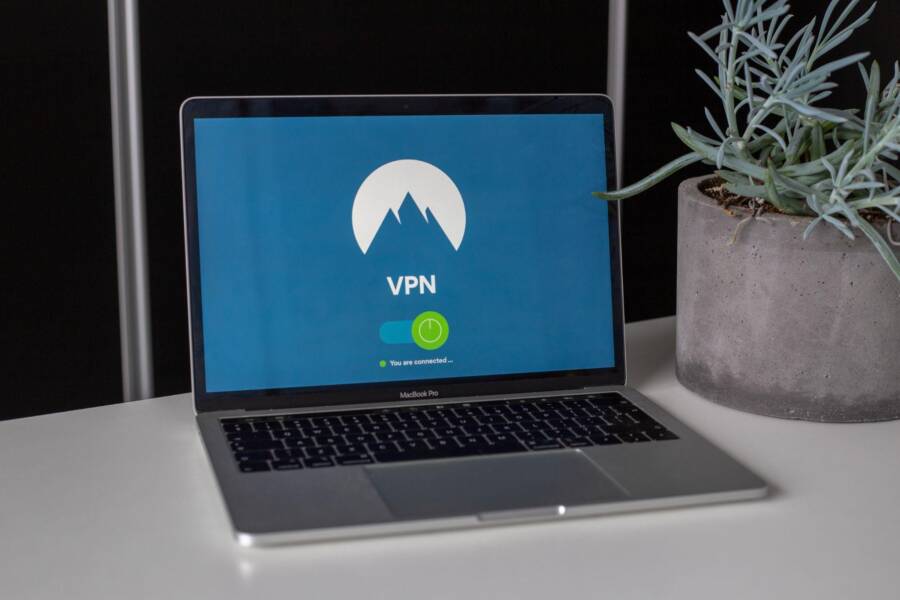The scary thing about virtual fraud is that cybercriminals know how to find you and steal your data or money. What’s scarier is that unsuspecting users voluntarily download and install apps and walk right into the trap criminals set up for them.
Apps fraud occurs in several ways, and that’s why users need to be more stringent about the apps that they install. Some apps inject malware while others try to invite you to paid subscriptions using freebies that are hard to cancel. Others downright scam unaware users by making them pay for services that are available for free.
What’s more, some cybercriminals also deploy exploits through otherwise reputed apps to steal user information, money, or identity. Users are much less likely to suspect that an app they have been using for years could defraud them, and this is what criminals capitalize on.
Another challenge here is that users download almost anything for entertainment, convenience, or to save money. Users shouldn’t abandon the idea of using these apps altogether just because there are chances of fraud though. What’s important is to detect fraud in time to ensure the security of apps that users have on their devices.
4 Things you can do to detect virtual fraud
Not clicking on unrecognized email links and ensuring the device’s safety with a decent anti-malware program are great prevention tactics.
However, sometimes users could still end up with a fraudulent app on their device. This is why it’s important to be aware of a few detection tactics that can help keep a user’s information secure.
Fraud detection, of course, follows the occurrence of fraud. Many users are unable to detect the fraud as it’s happening, though, and this is where these tips could come in handy.
Use Fraud Detection Software
Fraud detection software should be a user’s first line of defense.
Many users consider VPNs a fraud detection software, which is untrue. They’re cybersecurity programs that help encrypt data. It has no role to play in the detection of fraud. Users may want to spend a few minutes trying to find the best fraud detection software to solidify their fraud detection infrastructure.
Just having fraud detection software doesn’t warrant being complacent though. They’re not a silver bullet solution to frauds, they’re just an extra layer of security that can help you stay vigilant. In addition to using software, it’s always wise to review a device’s default security settings. If they sound like jargon, perhaps try asking a geeky friend about them.
Stay cognizant of the app’s source and redirects
When an app redirects users to a page that isn’t the default app store for the device, it’s most likely a fraudulent app. Downloading and installing apps from unrecognized websites is among the most common ways to get malicious apps installed.
It’s always recommended that users only download apps from the device’s app store. These apps are screened and developers jump through a lot of hoops to get the app onto the store. That said, even app stores can’t guarantee complete protection, and some nefarious apps are likely to sneak past the intensive screening process.
This is why all users should be mindful of an app’s behavior. When an app suggests downloading and installing an app from outside of the app store, check the original app’s source and where it was downloaded from. There’s a high probability that it wasn’t from the app store.
Keep an eye on freemium apps
If it’s free, you’re the product. It’s easy to fall in love with freemium apps. They’re giving a lot of stuff away for free, what’s not to like?
Well, unless it’s sponsored by a charitable organization, literally none of the developers are keen on providing free services. If something is for free, users need to look for the intrinsic price they’ll need to pay.
Many apps collect private data from users when they install the app and sell that data. This isn’t a big concern in most cases. However, some apps also encourage in-app purchases to steal a user’s banking or credit card information.
This is where things begin to fall apart quickly. Customers either witness unexplained recurring charges to their card or fall victim to identity theft. While it’s always good to be skeptical of freemium apps, not all are culprits.
Obviously, it doesn’t make sense to abandon the idea of freemium apps forever. However, it’s good to keep an eye out for any unauthorized payments that occur from a card or banking details used on the app for in-app purchases.
Social engineering attempts from “customer support”
Users who have already experienced this are aware of what happens when the alleged “customer support rep” contacts a user and tells them they’re calling from Amazon and they need some information to keep your account balance intact.
However, the elderly are much easier to prey on for these scammers. Though a lot of aged people may know how to use Amazon, they are often unaware of how revealing information can cause them to lose money from Amazon (or any other) account.
However, this doesn’t apply only to apps where a user may have some balance to their account. Criminals also con users into believing they’re from customer support and request remote access to a user’s computer offering free help. This is almost like inviting them over for a coffee and letting them browse through all the confidential documents sitting around the house.
This is why even though apps like AnyDesk aren’t malicious themselves, they can enable criminals to steal information. Users that receive such calls should use ordinary prudence and verify, to the best of their ability, the identity of the person contacting them.
How to prevent virtual fraud?
Instead of waiting around for an app to walk in and fraudulently steal data, users could take a proactive approach and put some fraud prevention tactics in place. For instance, following are some ways to prevent fraudulent apps from accessing your device or stealing a user’s hard-earned money.
1. Stick to well-known apps
It’s unlikely that mainstream apps like Facebook will ever steal a user’s sensitive information. It’s the less-than-credible apps like the Cash App or Venmo that are more likely to commit such fraud. There are safer alternatives to do almost anything online.
Granted, sometimes they may cost more, but they cost less in the long term because they won’t make unauthorized charges towards the user’s credit card. Once a user authorizes a payment to one of the less-known apps, they’re unlikely to ever recover that amount.
2. Use a VPN
VPNs, as pointed out earlier, don’t detect fraud. However, they do help prevent them. When a user uses a VPN, all the traffic transmitted through their device is encrypted. The data can’t be intercepted by apps, but there are some limitations here as well.
VPNs prevent data interception, but apps could still use phishing. Phishing involves recording a user’s keystrokes and transmitting the records back to the criminal. This effectively gives the criminal a user’s login credentials, credit card number, or other sensitive information. Therefore, some vigilance is still warranted. Speaking of vigilance…
3. Do due diligence
Downloading apps or software from reputed websites isn’t probably a risky bet. However, for any other app, it’s worth the while to spend a few minutes verifying its credibility. A google search will generally reveal anything shady about the app.
Another resource users could look at are the app’s reviews. If plenty of users have already been defrauded by an app, it’s likely to come up in the review section.
Often, users also vent their frustration on online forums such as Reddit. It could be worth a few minutes of time to look at what people are saying about an app before installing it if it’s not very widely used already.
The enemy is smart
The caveat with virtual fraud is that most users are not half as technically sound as that of the enemy. This gives criminals a clear advantage and makes their job easier. Their favorite targets are typically the elders who aren’t as comfortable with technology as later generations.
However, this doesn’t make young adults immune to virtual fraud on apps. Anybody who doesn’t know the technical side of technology could become a victim. The best way to keep data and sensitive information safe is using a combination of prevention and detection techniques.
Typically, a VPN and good fraud detection software should be the primary components of a user’s fraud prevention strategy. Adding some prudence to the mix makes up for a complete strategy that can keep fraudulent apps at bay.
TechnologyHQ is a platform about business insights, tech, 4IR, digital transformation, AI, Blockchain, Cybersecurity, and social media for businesses.
We manage social media groups with more than 200,000 members with almost 100% engagement.












































